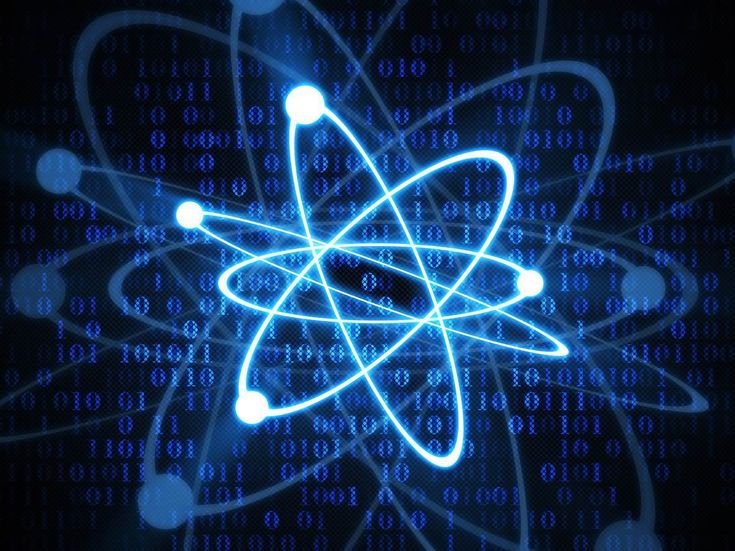
Data science has emerged as a critical field in the modern era, enabling organizations to harness the power of data to drive decision-making, innovation, and competitive advantage. The data science lifecycle encompasses a series of stages that transform raw data into actionable insights. This article explores the data science lifecycle, detailing each stage from data collection to generating insights, and highlighting the tools and techniques used at each step.
Stages of the Data Science Lifecycle
1. Data Collection
Data collection is the first step in the data science lifecycle. It involves gathering data from various sources, such as databases, sensors, social media, web scraping, and more. The goal is to obtain relevant and high-quality data that can be used for analysis.
Key Activities
– Identifying data sources
– Acquiring data through APIs, databases, web scraping, etc.
– Ensuring data quality and relevance
Tools and Techniques
– Web scraping tools (e.g., BeautifulSoup, Scrapy)
– APIs (e.g., Twitter API, Google Maps API)
– Database query languages (e.g., SQL)
– Data acquisition tools (e.g., DataRobot, Talend)
2. Data Preparation
Once data is collected, it needs to be prepared for analysis. Data preparation involves cleaning, transforming, and organizing the data to ensure it is accurate, consistent, and suitable for analysis.
Key Activities
– Data cleaning: Handling missing values, outliers, and inconsistencies
– Data transformation: Normalization, scaling, and encoding categorical variables
– Data integration: Combining data from multiple sources
– Data reduction: Reducing data volume while maintaining its integrity
Tools and Techniques
– Data cleaning tools (e.g., OpenRefine, Pandas)
– ETL (Extract, Transform, Load) tools (e.g., Apache NiFi, Alteryx)
– Data transformation libraries (e.g., Scikit-learn, NumPy)
– Data integration platforms (e.g., Informatica, Microsoft SSIS)
3. Data Exploration
Data exploration, also known as exploratory data analysis (EDA), involves examining the data to understand its characteristics, identify patterns, and uncover initial insights. This stage helps in formulating hypotheses and guiding further analysis.
Key Activities
– Descriptive statistics: Calculating mean, median, mode, variance, etc.
– Data visualization: Creating charts, graphs, and plots to visualize data distributions and relationships
– Identifying correlations and patterns
Tools and Techniques
– Data visualization tools (e.g., Tableau, Power BI)
– Python libraries (e.g., Matplotlib, Seaborn)
– Statistical analysis tools (e.g., R, SAS)
– Interactive notebooks (e.g., Jupyter, Google Colab)
4. Data Modeling
In the data modeling stage, various statistical and machine learning models are applied to the data to uncover patterns, relationships, and predictions. The goal is to build models that can provide insights and support decision-making.
Key Activities
– Selecting appropriate modeling techniques (e.g., regression, classification, clustering)
– Training and validating models
– Hyperparameter tuning to optimize model performance
– Model evaluation using metrics (e.g., accuracy, precision, recall, F1 score)
Tools and Techniques
– Machine learning frameworks (e.g., TensorFlow, PyTorch, Scikit-learn)
– Statistical modeling tools (e.g., SPSS, MATLAB)
– Model training platforms (e.g., AWS SageMaker, Google AI Platform)
– AutoML tools (e.g., H2O.ai, AutoKeras)
5. Model Deployment
Once a model is developed and validated, it needs to be deployed into a production environment where it can be used to generate predictions or insights in real-time. This stage involves integrating the model into business processes and ensuring its scalability and reliability.
Key Activities
– Model deployment: Setting up the infrastructure to host and run the model
– API development: Creating APIs to facilitate model integration with applications
– Monitoring and maintenance: Continuously monitoring model performance and updating it as needed
Tools and Techniques
– Deployment platforms (e.g., Docker, Kubernetes)
– Cloud services (e.g., AWS, Azure, Google Cloud)
– API development frameworks (e.g., Flask, FastAPI)
– Model monitoring tools (e.g., Prometheus, Grafana)
6. Data Interpretation and Insight Generation
The final stage of the data science lifecycle involves interpreting the results of the data analysis and translating them into actionable insights. This stage focuses on communicating findings to stakeholders and making data-driven recommendations.
Key Activities
– Data interpretation: Understanding the implications of the analysis results
– Visualization and reporting: Creating dashboards, reports, and visualizations to present insights
– Communication: Sharing insights with stakeholders through presentations and reports
– Decision-making: Using insights to inform business decisions and strategies
Tools and Techniques
– Reporting tools (e.g., Tableau, Power BI)
– Presentation software (e.g., PowerPoint, Google Slides)
– Dashboard creation platforms (e.g., Looker, QlikView)
– Collaboration tools (e.g., Confluence, Slack)
Challenges in the Data Science Lifecycle
Data Quality
Ensuring data quality is a significant challenge throughout the lifecycle. Inaccurate, incomplete, or inconsistent data can lead to incorrect insights and decisions.
Data Security and Privacy
Protecting data from breaches and ensuring compliance with privacy regulations (e.g., GDPR, CCPA) is crucial. Data scientists must implement robust security measures and handle sensitive data responsibly.
Skill Gaps
The data science lifecycle requires expertise in various domains, including data engineering, machine learning, statistics, and domain knowledge. Bridging skill gaps and fostering collaboration among multidisciplinary teams is essential.
Scalability
As data volumes grow, scaling data collection, storage, and processing infrastructure becomes challenging. Efficient resource management and scalable architectures are necessary to handle large datasets.
Future Trends in Data Science
Automated Machine Learning (AutoML)
AutoML tools simplify the data science process by automating model selection, training, and tuning. This trend will make data science more accessible and reduce the need for extensive expertise.
Edge Computing
Edge computing brings data processing closer to the data source, reducing latency and improving real-time analytics. This trend is particularly relevant for IoT applications and real-time decision-making.
Explainable AI (XAI)
As AI models become more complex, there is a growing need for transparency and interpretability. Explainable AI techniques help demystify model predictions and build trust in AI systems.
Integration of AI and IoT
The integration of AI with IoT devices enables advanced analytics and intelligent decision-making at the edge. This trend will drive innovations in smart cities, healthcare, and industrial automation.
Conclusion
The data science lifecycle is a comprehensive process that transforms raw data into actionable insights. By following a systematic approach from data collection to insight generation, organizations can leverage data to drive informed decisions and achieve their goals. While challenges exist, advancements in technology and methodologies continue to enhance the capabilities and impact of data science. As the field evolves, staying abreast of emerging trends and best practices will be crucial for data scientists and organizations seeking to harness the full potential of their data.








